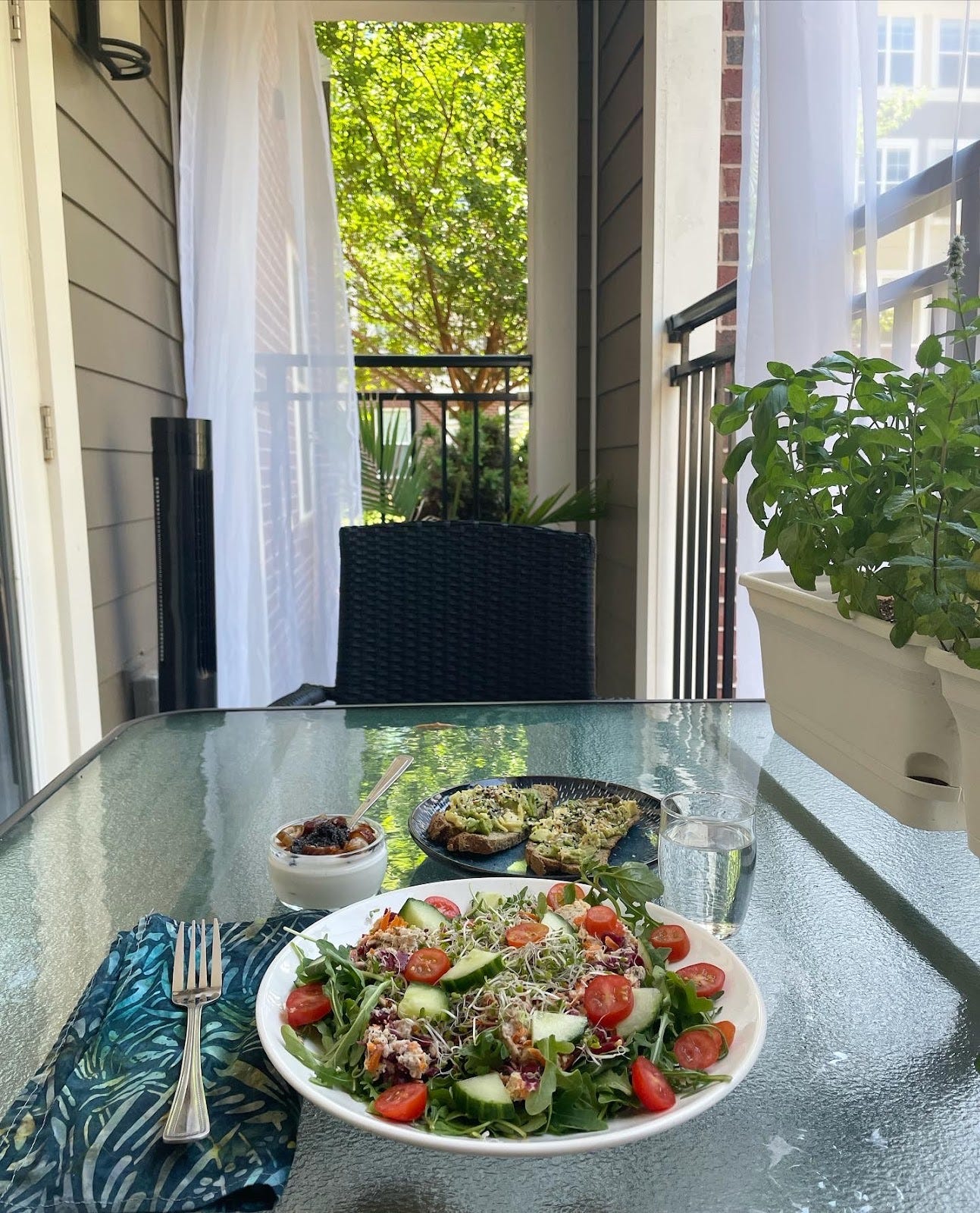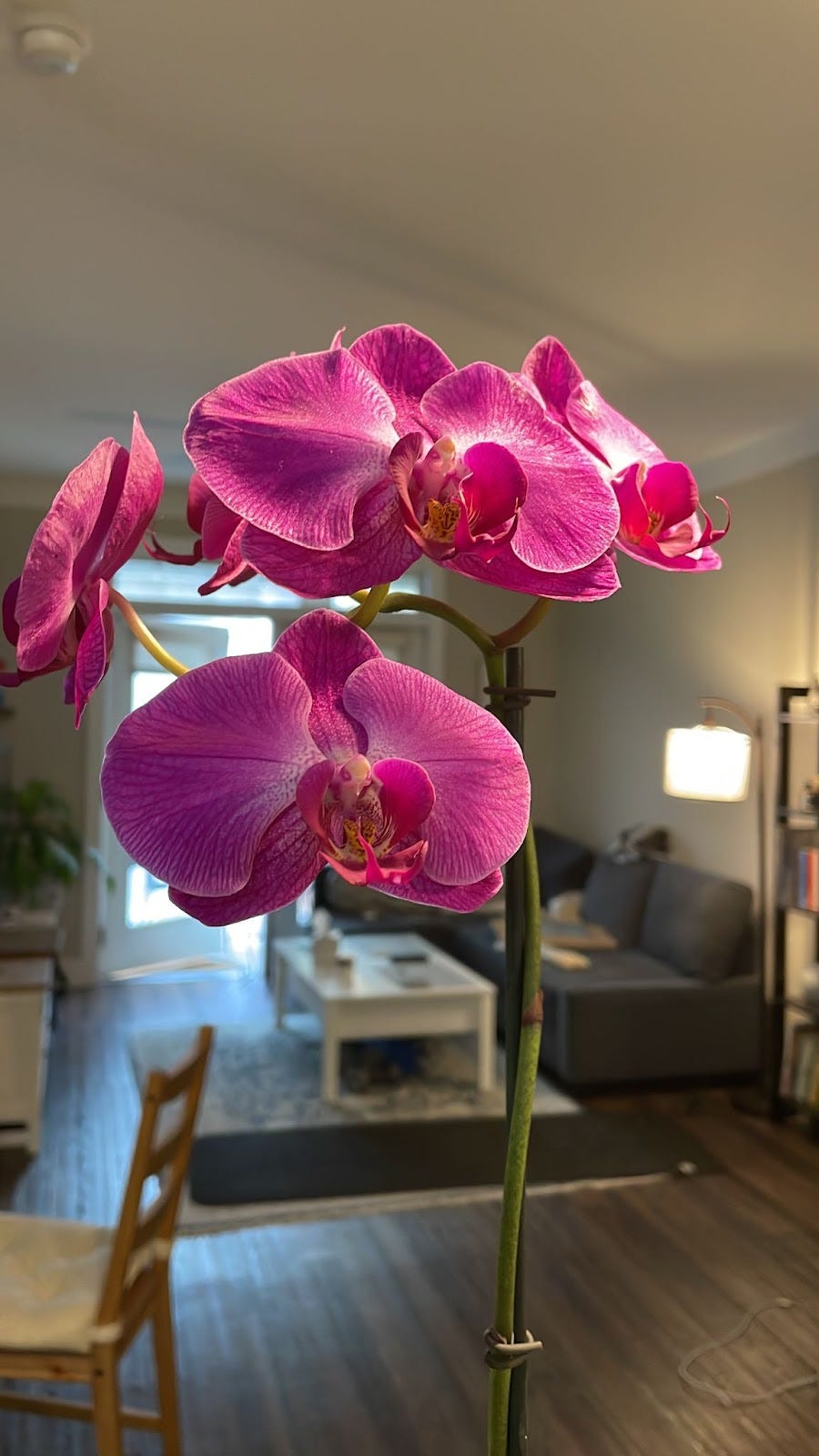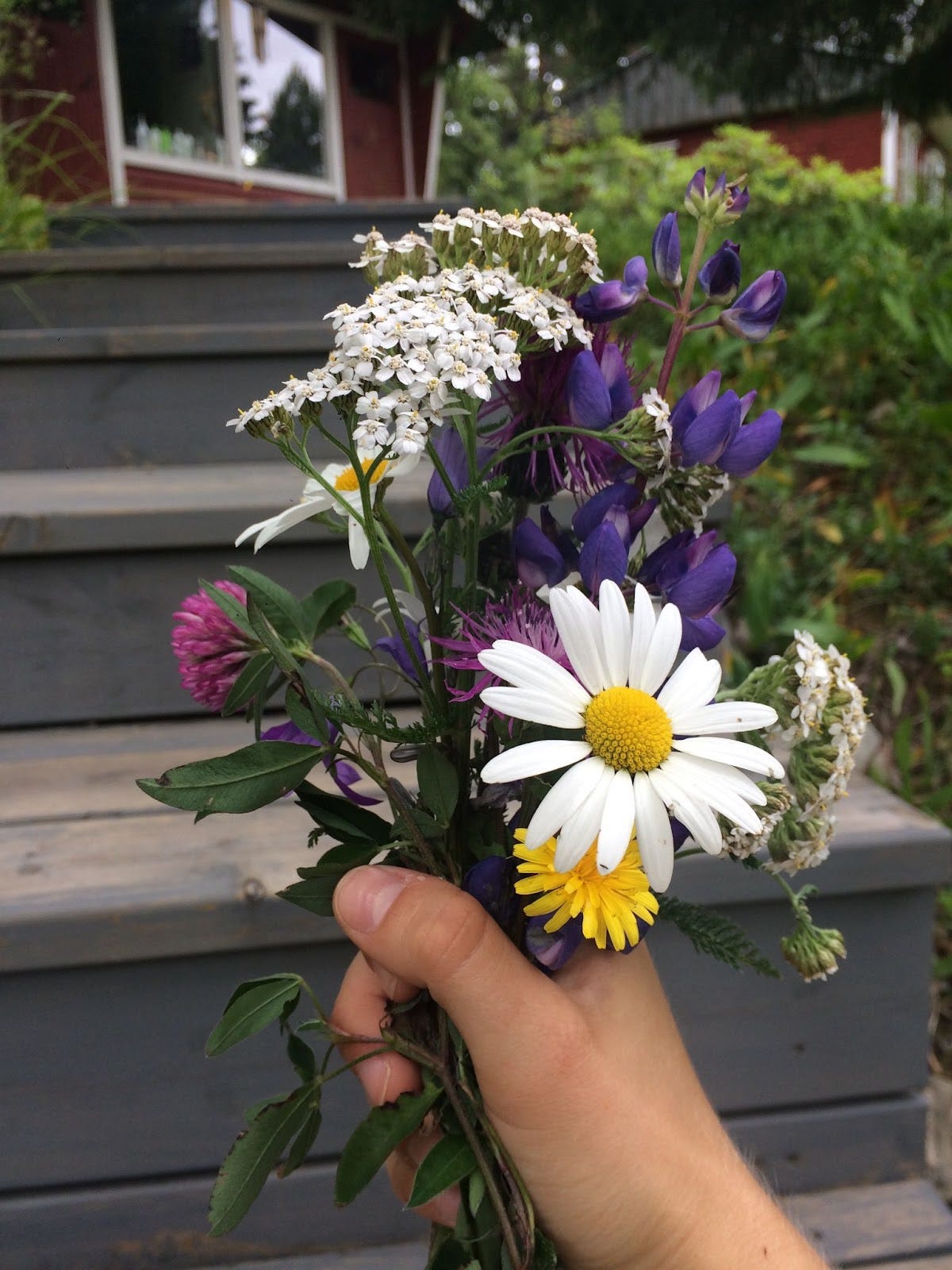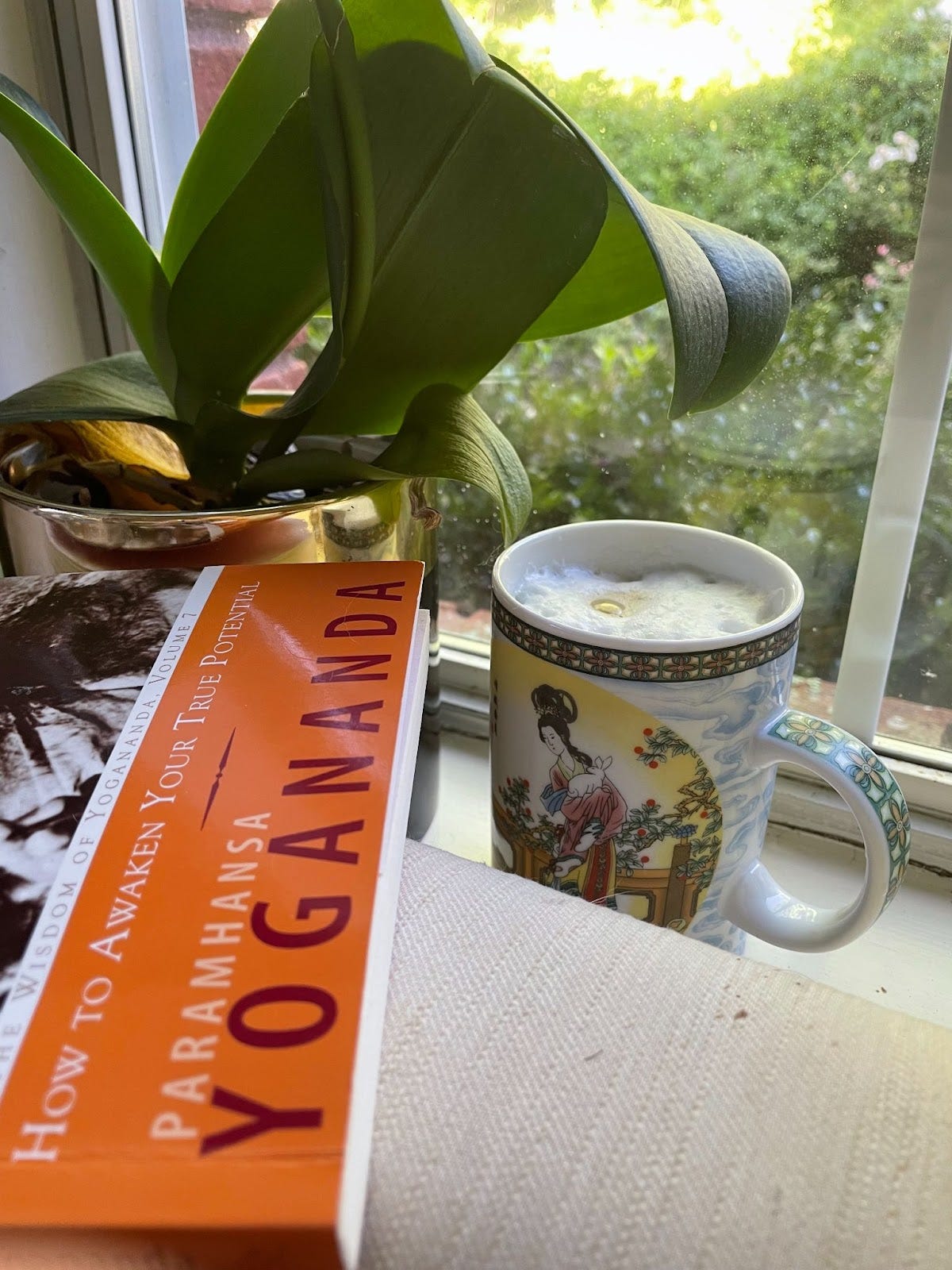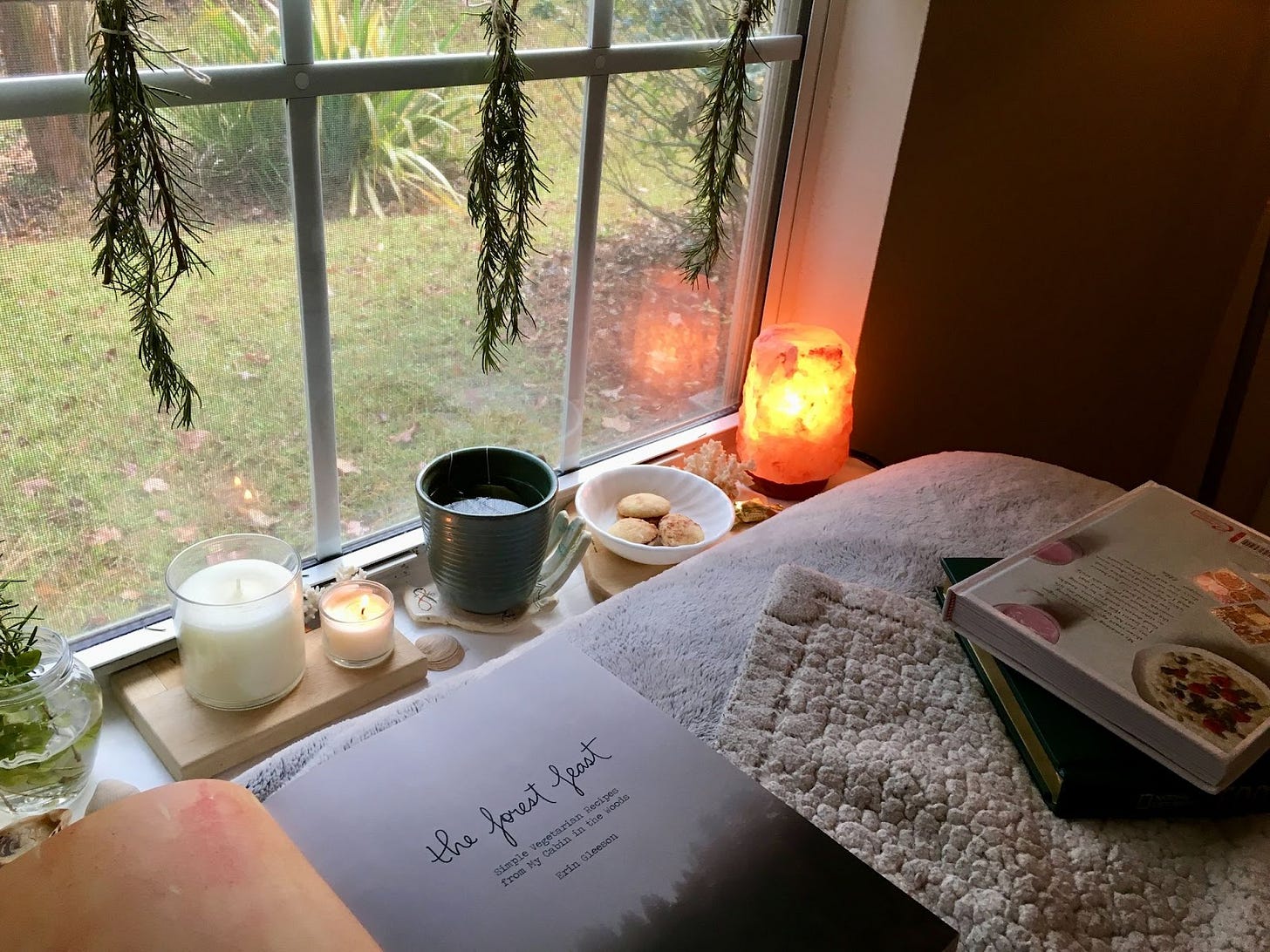Jolee is a friend and fellow Nutritional Therapy Practitioner— in fact, we went to school together and partnered on our first practice client project. We’ve kept in touch ever since, and enjoy catching up and talking about finding balance in life as holistic-minded 20-something working homemakers. Today, Jolee shares some tips on her personal passion— integrating holistic wellness principles into your home’s design.
I have always considered myself a homebody, and from a young age, I have been passionate about interior design. I started noticing I was more affected by my surroundings, and later learned I align with the “highly sensitive person” personality trait. Although this type of personality comes with many challenges, it has led me to where I am today, and I am very grateful to have carved out a niche in what I like to call Holistic Home Design.
I started my holistic wellness journey in my teens, mainly with yoga, exercise and home cooking. In my early 20s, I took the next step and became a certified Nutritional Therapy Practitioner. As time passed, I realized that what I enjoyed most was learning about how our living environment impacts our wellbeing. Coming up with creative and bio-individual ways to enhance one’s living space is my true passion.
More often than not, I notice a tendency for interiors to be very aesthetic-focused, but to completely neglect the integration of holistic health. So much effort can be put into the highly curated, trendy decor, but health is not at the forefront. No matter how perfectly neat and decorated a space is, there are invisible, health-impacting factors that are important to put thought and energy into, even if it may not sound as exciting as decorating the space. Transforming a space into a healing oasis takes a bit of thought, time, and creativity. This looks different for everyone, because we each have bio-individual health needs. A great place to start is by integrating various elements of nature into the home. There are many small, yet high impact ways to do this, so let’s get started!
The Benefits of Integrating Nature
Many of us spend the majority of our lives working and living indoors. It’s unfortunate that we are so disconnected from nature. We are a part of nature, and it’s become more evident how our mental and physical health is impacted when we separate ourselves from the natural world. The good news is, there are many ways we can benefit our health by bringing elements of nature inside, in ways that are both functional and beautiful.
Flowers
Picking wildflowers (legally), is a wonderful, relaxing practice that encourages you to get outdoors, connect with the seasons, and express creativity and resourcefulness as you craft your unique bouquet. Fresh picked flowers in a glass vase add a nice pop of color and refreshing energy to the home. They are also a wonderful gift for a loved one.
Houseplants
Adding low-maintenance houseplants throughout the house is not only aesthetically pleasing, but comes with health-boosting benefits. It is well known that they are known to enhance our mood and improve indoor air quality. There’s an abundance of different colors and textures to experiment with and integrate to your decor. Do your research to determine the best fit in terms of natural lighting and maintenance.
Wood & Wellbeing
I learned about the benefits of wood reading the Saimaalife Wood is Good blog post. It references a Finnish study which explains how wooden materials have a positive impact on human emotions. I had never thought much about this before reading the article. Now I can clearly recognize the warmth, coziness, and a connection to nature brought about by wooden items/furniture in the home. I can’t help but mention that using more wooden items can displace plastics, therefore reducing our total exposure to microplastics.

Now, for practical home integration, there are a variety of creative ways to work more wood in. For example:
Wooden bowls for functional or decorative purposes. (Bonus points for supporting a local artisan at the farmer’s market!)
Foraged birch tree bark accents
Wooden cutting boards
A classic wooden dining room table and chairs
A mid-century modern wood nightstand, dresser, coffee table, or TV stand
Nature-Based Lighting
First and foremost, open the curtains and let the natural light in! This is important for your circadian rhythm, and helps alleviate the disconnect between our homes and the outside world. I have visited many homes where people want to keep the curtains closed all day. It doesn’t feel good to be in an artificially lit space during the day, when it could be filled with natural sun rays.
When the sun sets, turning on salt lamps is a great way to promote relaxation, and add beauty as you wind down for the day.
Beeswax candles are another excellent light source for winding down.. It’s beautiful to think about how the hand picked wildflowers (example #1) are pollinated by the bees, and then beeswax candles are possible. Noticing small connections like this with items in the home is a wonderful feeling.
Avoid turning on bright LED lights and have plenty of lamps for low lighting instead (Himalayan salt lamps are especially lovely with their warm glow). This also creates the sought after hygge vibe, and who doesn’t love that?
Taking Aligned Action
Creating your unique holistic home should not feel overwhelming. What matters most is slow, steady, continual improvement. Even the most health-conscious people will continue to find areas of the home that can be improved. There is no need to rush this process. Starting with simple nature-based elements can go a long way in enhancing your space, especially when combined with decluttering, and well thought out furniture arrangements.
Let’s Connect!
Instagram: @live_free_holistic_health
Email: jolee.keplinger@gmail.com
